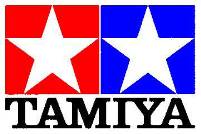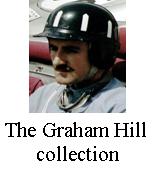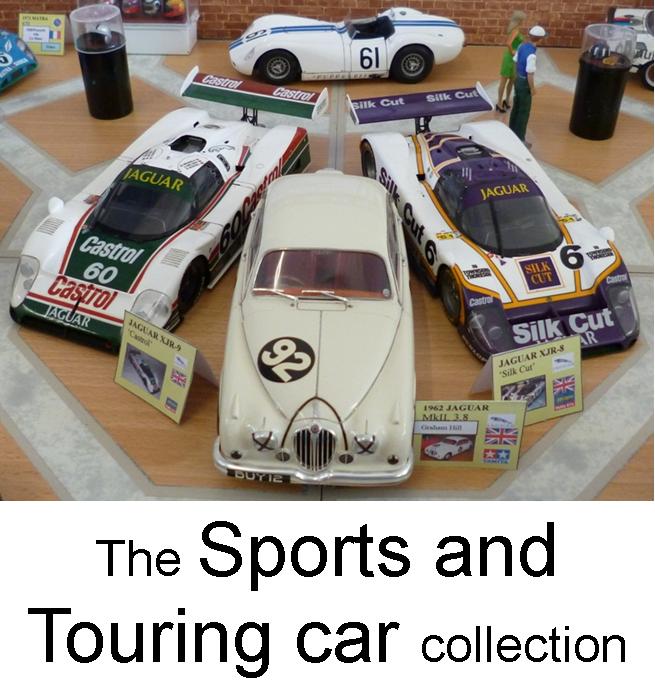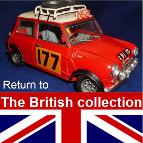The Lotus Seven was the design after the Lotus 6, actually, a long time after the seven (even the 11 was in production before the Seven). but the designation of Lotus 7 had been used for a previous abandoned car design. So, to differentiate the designs the Seven was written instead of given its numeral form. This made the seven unique in Lotus history and over the years allowed the "Seven" to become a brand in it’s own right. The Seven was to build on the success of the VI and by avoiding purchase tax, Colin Chapman typically seeing a loop hole in the regs and exploiting it, as a kit car could be made very affordable.
As for the actual design, it was originally based around a high sided, rigid, space frame chassis and stressed skin construction. While the second series cars were of a less rigid nature being more for road sales rather than race production. As the highest part of the car is about 3ft above the ground (and anything above the bonnet line being made of cloth, aluminium or plastic), and the lowest part of the sprung weight (the sump) being less than 5inches from the road, creates a very low centre of gravity. Couple this to almost equal front to rear weight distribution and you have a very well handling little sports car. The steering was surprisingly light so the lack of any "power" system was not a problem. Suspension was by live axle and leaf springs at the rear but at the front an A arm lower wishbone was fairly normal but the antiroll bar acting as a top arm to locate the hub, as well as reduce roll, was innovative.
The 1958 “Christmas Trophy” 1100cc sports car race had an interesting field of cars entered. Three of the new "knife-edge" Elva IV's were entered by Frank Nichols for Les Leston, J. Brown and an American J. D. Peters. Colin Chapman entered works 11s and an “interesting specimen, being a Seven with a Climax engine and in the hands of Graham Hill it occupied pole position!”. There was also a large contingent of private Lotus 11s
David Piper driving a Lotus 11 took the lead, by dint of starting before the flag fell. He was given a ten second penalty. Peter Ashdown in the other works Lotus 11 went into second place right on his heels. Hill had made a rather tardy start and dropped back into the main pack. He was soon in racing mode and “ploughing his way quickly and relentlessly through the field”. A battle with Les Leston’s Elva ended when Leston span at Bottom bend, Hill nipped past but R.N.Prior , Lotus 11, was required to do a piece of “phenomenal avoidance” so good that the Autosport reported stated that he “could not have done better if he'd grown wings and flown over the top”.
Piper continued in the lead lapping in 1min 8.4secs. Ashdown was hounding him in second place but Hill and co were closing in fast. On lap nine the first five cars were covered by only by 1.5 seconds.
Then, on lap 11, something happened out on the back of the circuit. Piper’s name was missing from the lap chart and Ashdown was delayed, dropping down the order. With only 4 laps remaining of the 15 lap race Graham Hill was through into the race lead with Gammon in a Lola behind him and Prior third.
Hill won by 7 secs from Gammon who “barely succeeded in holding off a tremendous challenge from Prior”
Average race speed was 64.8mph and the fastest lap was set by Piper @ 1min' 8secs (66.83mph)."


1/24th scale conv'.
Built by Ian.
This model was made back in the 1990’s converted from the Tamiya Lotus super seven kit (bottom left picture for comparison) back to an early version seven. The rear wings have been reshaped and the front wings cut off and replaced by cycle wings. Lights were modified from some found in my spares box. Reshaping of the nose was also required to match the photos I have of Graham Hill winning the Brands Hatch boxing day sports car race.
Wheels came from a Herb Deeks photo etched wheel kit, they were very easy to build and effective to look at. The Heat staining on the exhaust was done with Citadel acrylic inks while the tonneau was made from masking tape. The small lever catch bonnet retainers had to be scratch built from plastic strip and fuse wire. The aerodynamic fairing in front of the driver also had to be scratch built. Bare metal foil was used for the transmission tunnel and in combination with citadel acrylic paints for the rest of the cockpit interior.
Also for comparison is the picture of the Lotus Seven with the Bentley "Blower", little and large, but both the pinnacle of road sports car technology of their respective eras. The Ford side valve engine of the original kit replicates the standard road unit, tuned by Lotus for the Seven. Ford and Lotus, a relationship that became world beating.
RETURN TO -


